‘Fordypningsrommet Fleinvaer’ is your vision of Håvard Lund, a jazz musician, and composer who obtained the site from 2004. ‘Initially, it was meant as an office for me, a writing lodge of sorts,’ explains Lund. ‘as time moved on, I felt an urge, a desire, to share what I’d discovered on fleinvær with other individuals. I wanted to make a workspace like anything else in the world.’

Years afterward, Håvard Lund introduced his eyesight to TYIN Tegnestue who subsequently sought the expertise of Sami Rintala of fellow Norwegian company Rintala Eggertsson Architects. The group then set about designing a workspace where musicians, artists, and other creatives can rent rooms for a variety of different timespans. The two practices functioned alongside Håvard Lund in addition to students and volunteers who were instrumental in realizing the project.
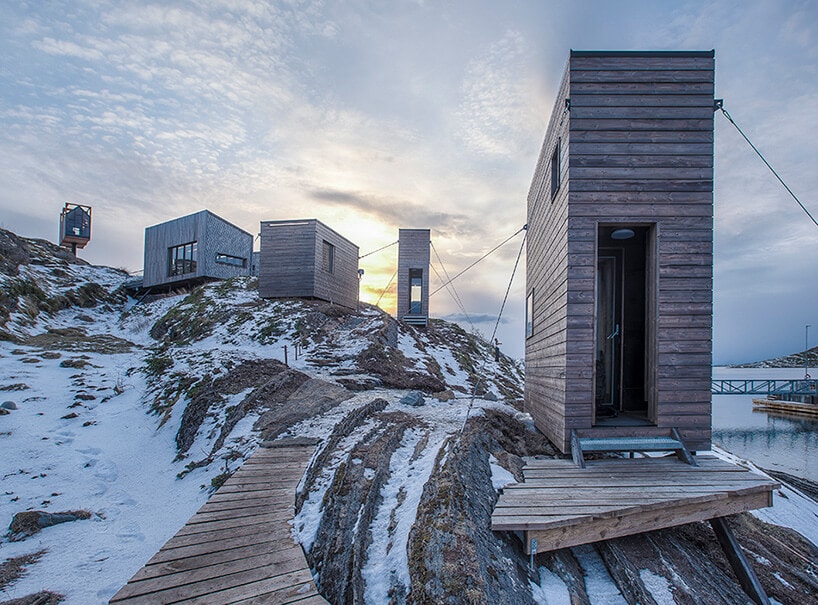
To obtain a full breakdown of the lot, the architects started by carrying out a three-dimensional scan of the site, conducted in corporation with design students from NTNU (Norwegian University of science and engineering). To not disturb the isle’s rugged beauty, the design team decided to build smaller volumes raised above-above the ground. ‘we have taken good care to inflict couple wounds as you can on fleinvær,’ says Sami Rintala. ‘we achieve this in part by making good pathways spaces between the houses, and a traditional fireplace. This steers traffic away in the isles more sensitive areas.’
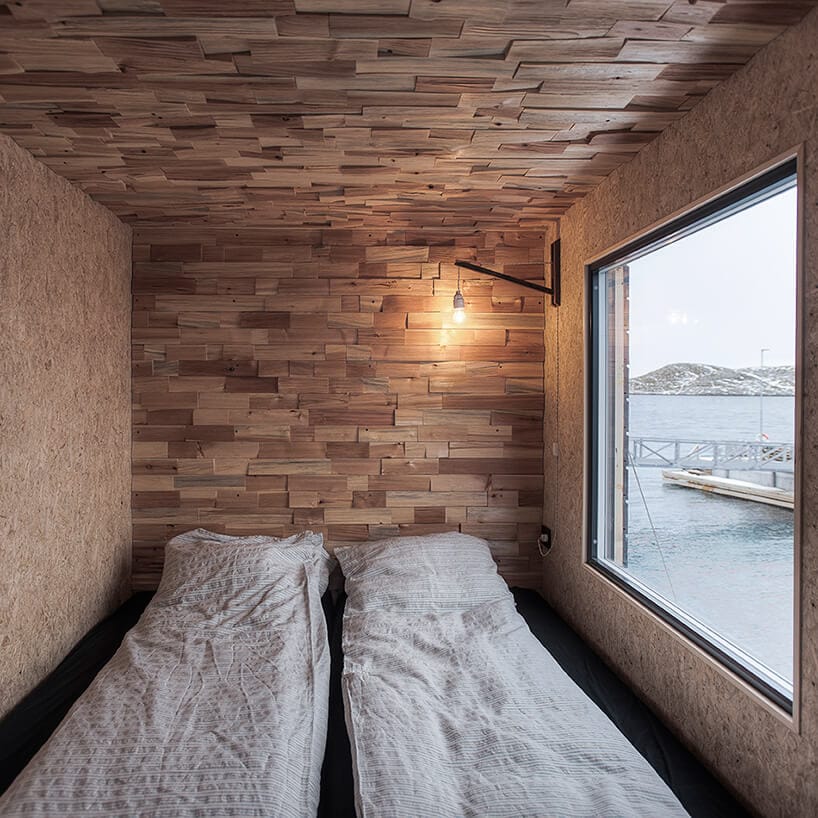
The project comprises a series of volumes, which measure the mountain to the sea. Visitors arriving by ship are greeted with a sauna that hovers over the water. A former waiting room from the older docks was refurbished to accommodate overnight guests, while four small sleeping units are found further up the hillside. Two of these are short and broad with twin beds, with another two each containing two bunk beds. A pathway leads through those lodges towards the concert area and also the canteen.
‘The foundations are lessened, and include metal columns curved in 15 levels angles,’ explains Yashar Hanstad of TYIN Tegnestue. ‘We found that in this specific angle, they hit the ground well no matter given the possibility of height-wise adaptations to the terrain. In this way, we were able to realize precisely pointed bases without significant interference with the ground.’
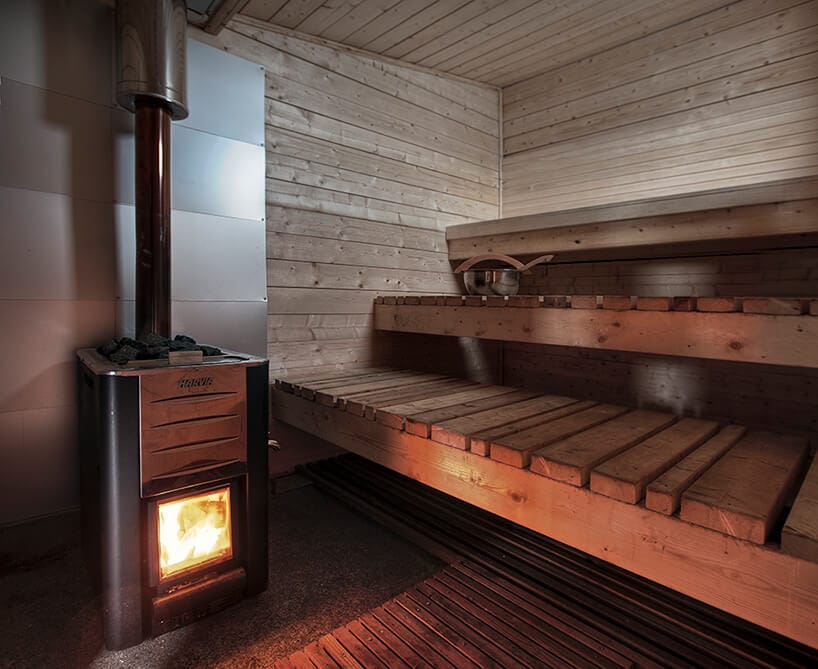
Near the peak of the mountain, the architects created a contemporary representation of the Sami people‘s conventional storehouse — that the Njalla. Built on the back of a tree that was chopped, the structure is enclosed in a steel skeleton, which was pre-made in Trondheim by Arnt Waaberg (an old buddy of Lund along with the project’s practical consultant) and NTNU pupils. Sitting beneath a pillar, the building — which has been designed as a place of expression and immersion — offers sweeping views of the website and that the Norwegian sea outside.
‘The construction teams hard work and commitment has been crucial in finishing this project,’ states Sami Rintala. These variables have made a tangible reality from our drawings’
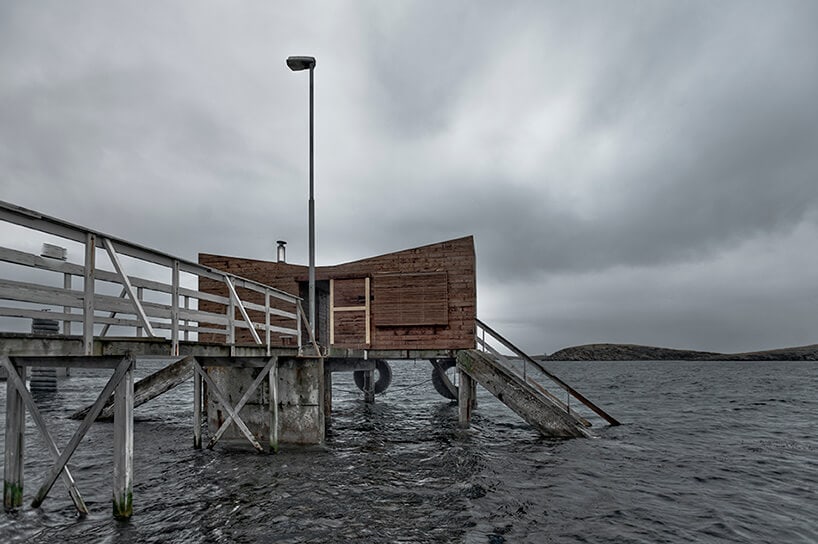
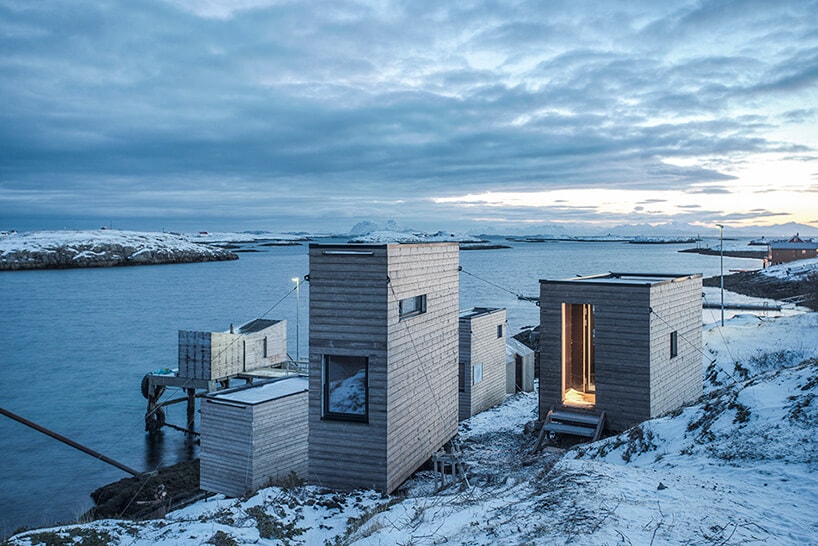
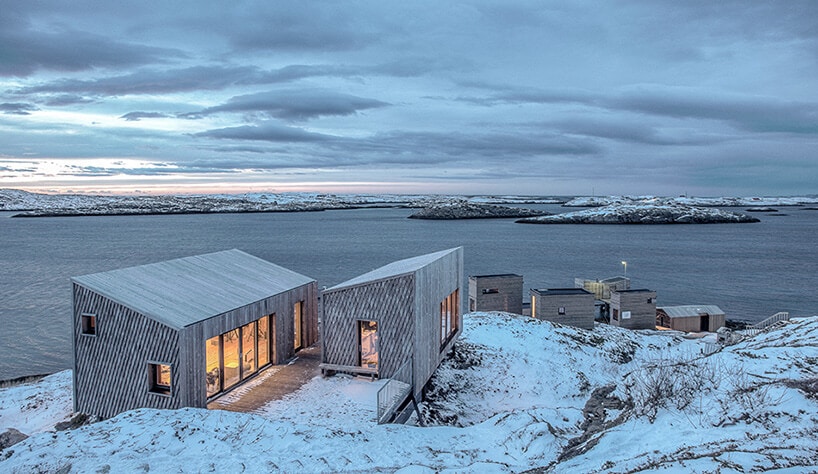
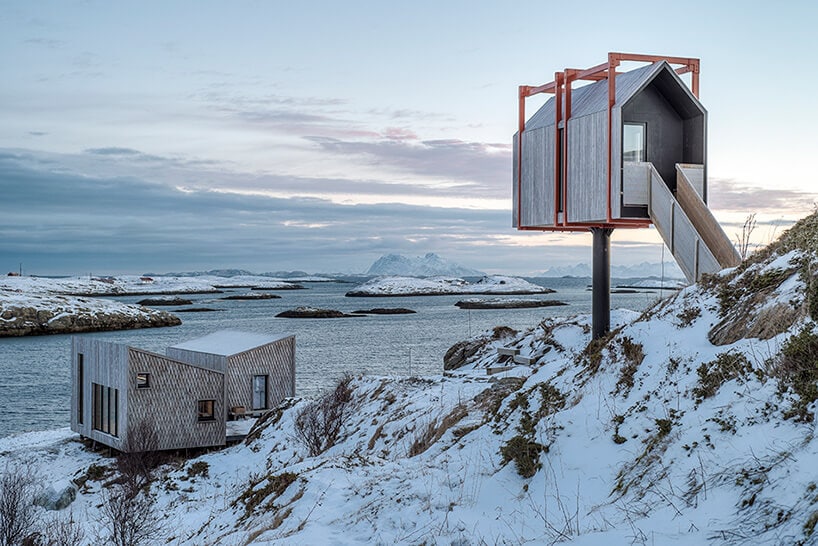
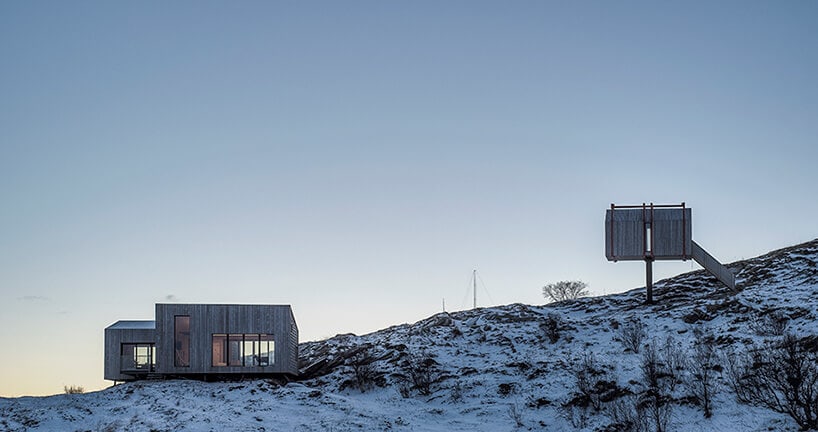

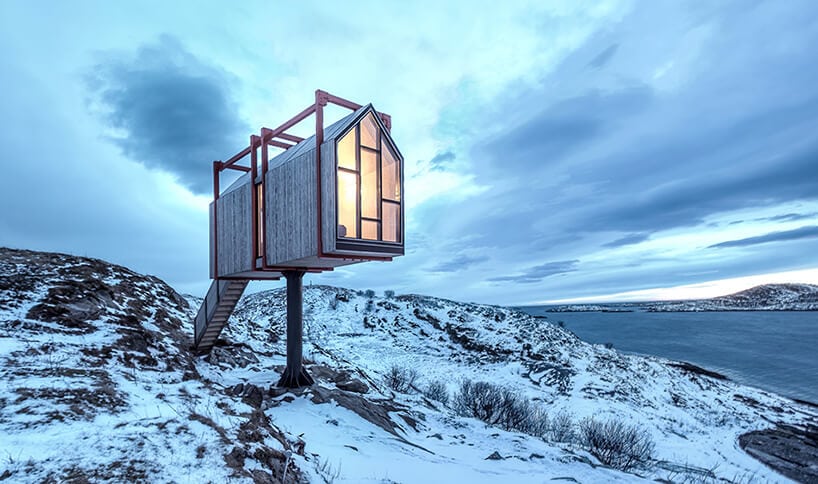
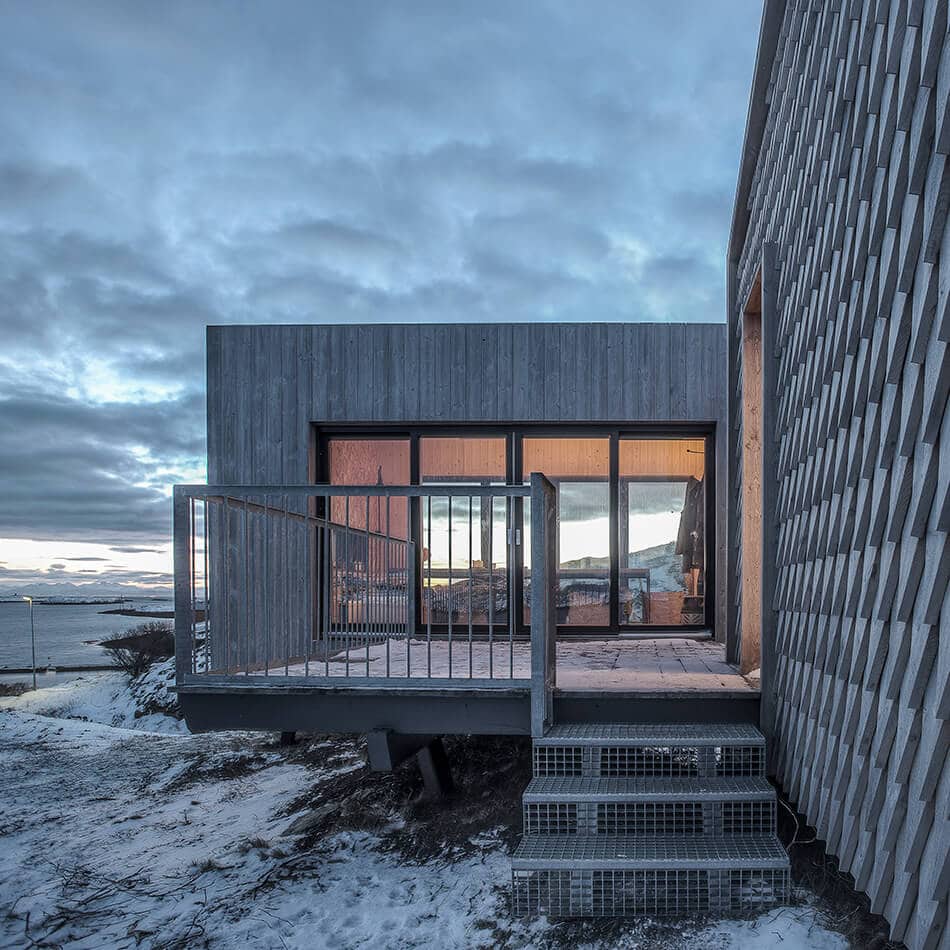
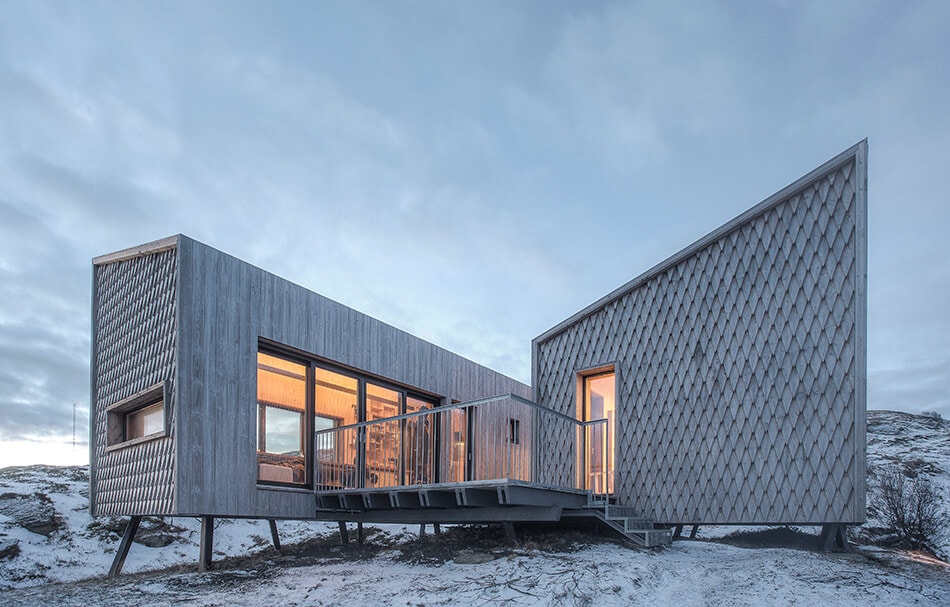
No comments:
Post a Comment